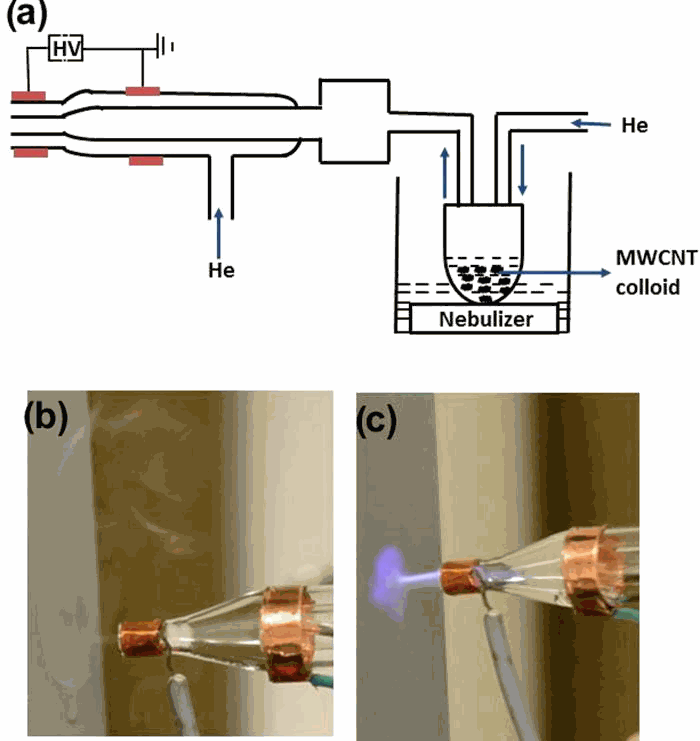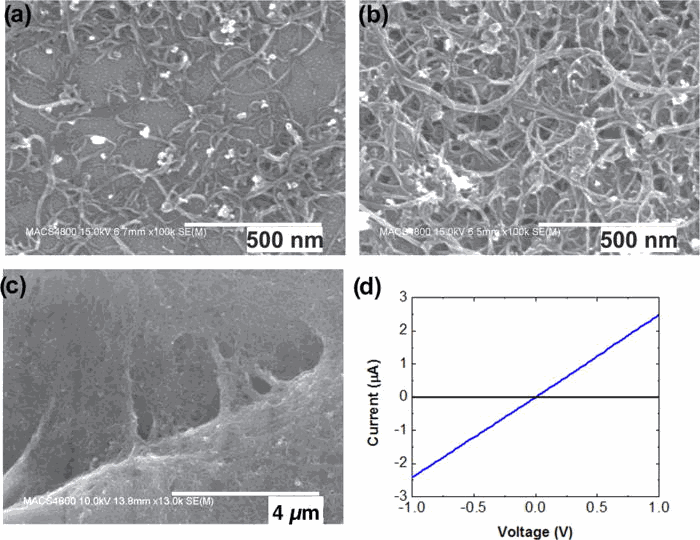
New research from NASA Ames and SLAC demonstrates an effective way of 3D printing nanomaterials using plasma.
There are many ways to accomplish 3D printing, either selectively fusing particles together or selectively depositing material. All of these are done with many different processes, often patented and used by specific companies.
Deposition approaches include the very familiar filament extrusion approach, but one that’s not used as much is through a spray.

To accomplish deposition of materials through a spray, the material must be able to consistently pass through a nozzle and impact the target surface. For some materials at coarse resolutions, this isn’t an issue. Usually this is done with liquid materials. However, for nanomaterials, it can be a problem, as they may not be made into a suitable liquid.
It can be done by heating the nanomaterial solution to hundreds of degrees, but that causes problems when printing, as it severely constrains the types of materials the spray can impact.
Imagine a future 3D printer that prints plastic portions of an object, but has a spray head that is to deposit nanomaterials, such as carbon nanotubes, onto that plastic to embed them in the object. If the spray is too hot, it could melt or distort the plastic elements. Not good!
Now scientists at the NASA Ames Research Center and the Stanford Linear Accelerator Center (SLAC) have found a way to do this at low temperatures.
Instead of using a liquid, the new method involves using plasma to support the nanomaterials during deposition. Apparently this approach means the temperature of the spray is only 40C (104F), suggesting that nanomaterial deposition could be done on almost any material, particularly those currently used in existing 3D printers.
Now imagining that multi-head nanomaterial printer seems a lot more achievable. In fact, the technology is apparently “ready for commercialization” right now.
It’s possible someone will produce a 3D printer with this capability, but then we’ll have another problem.
Where do you buy a liter of carbon nanotubes?
Via AIP (highlights) and AIP (full paper)

